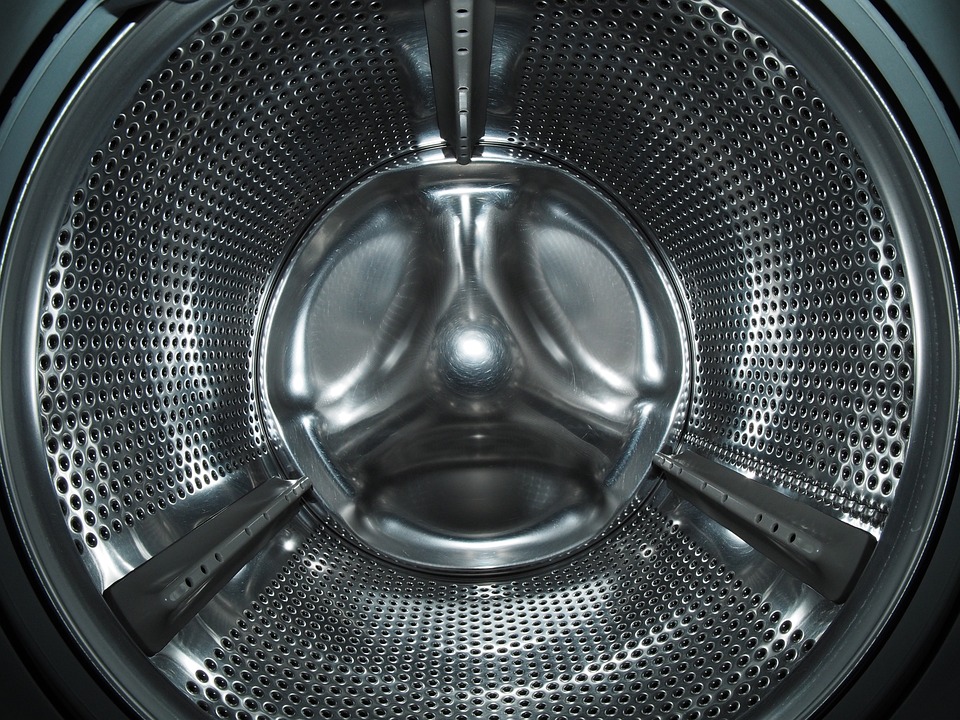When anyone talks about washing machine, the first perception we get is the process of removing dirt and gunk or processing any item in a machine to make it acceptable for reuse. Likewise, domestic washing machine used for cleaning cloths at home serves the same purpose where machine is maintained in a clean state. Most people believe that washing machines are always clean because these are always in contact with water and detergents. This notion is incorrect because most common people don’t ponder on the associated hazards during its use. Any new machine usually have none or very minimal microbial load in it. With the passage of time, soiled laundry loads and dirt and soap residues cause buildup of microbial load or breed ground of germs inside washing machine which may become hazardous for our health and in some circumstances even effects the performace of the washing machnes. To understand the clean state of washing machines there are few terminologies which are necesary to be briefly explained .
Cleaning:
It is a process which removes dirt, dust, crumbs, and germs from surfaces or objects. When you clean something, you will likely use soap (or detergent) and water to physically cleaning off the surfaces and objects. This may not necessarily kill the germs. But since you removed some of them, there are fewer germs that could remain on the surface.
Sanitisation:
is a process of reducing the number of microorganisms to a safe level with the help of chemicals (sanitising agent) to kill germs on surfaces and objects. Some common sanitising agents are bleach and alcohol solutions. You usually need to leave the sanitising agent on the surfaces and objects for a certain period of time to kill the germs (contact time).
Sterilisation:
Sterilisation is a process of completely removing or killing of any form of microorganisms. Physical or chemical agents are used to achieve this state. This process usually used in commercial environment by trained personnel.
Cross-contamination:
the process by which bacteria or other microorganisms are unintentionally transferred from one substance or object to another, with possible harmful effect.
Most of the microbial count in laundary loads are associated with our skin flora. Some heavily soiled laundry can make a washer dirty for next load if not processed appropriately in the machine. This will not only cross contaminate the next load but provide chances of microbial buildup inside the machine.
In order to sanitise the washing machine’s washing parts, the easiest way is to use the hottest washing cycle in an empty washing machine and add half a cup of bleach i.e. colour safe bleach or chlorine bleach in the machine tub . Wipe the outside surface of the machine with diluted bleach to diminish chances of cross-contamination.
One thing is very important to remember, if machine looks clean, it does not mean that machine is in a sanitised state.
It aims at reducing microbial populations to levels considered safe by public health standards. We should sanitize our empty laundry machines at least once a month in order to maintain its hygiene.
